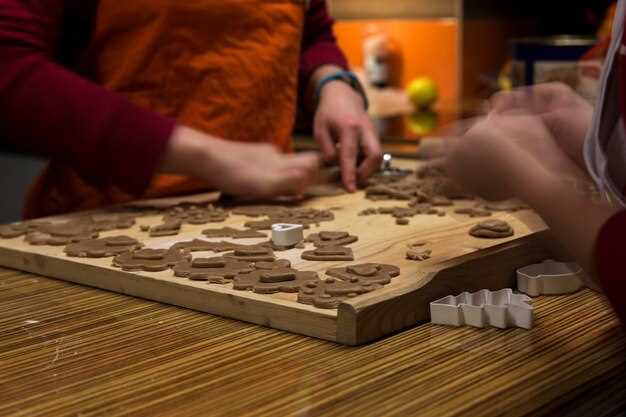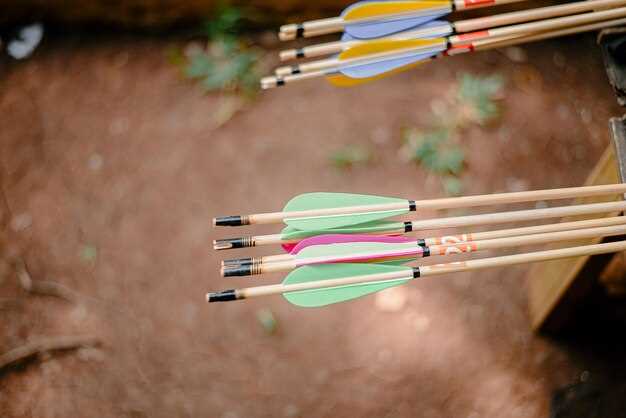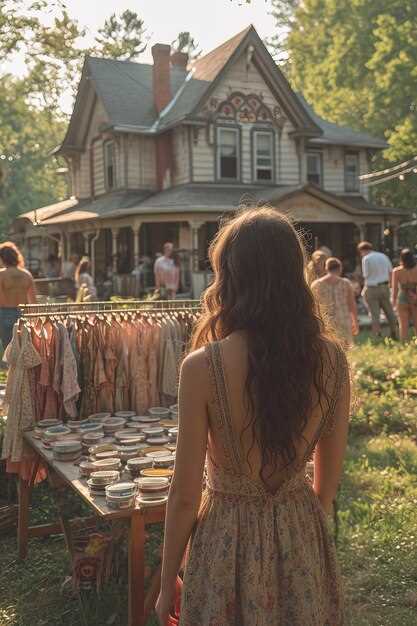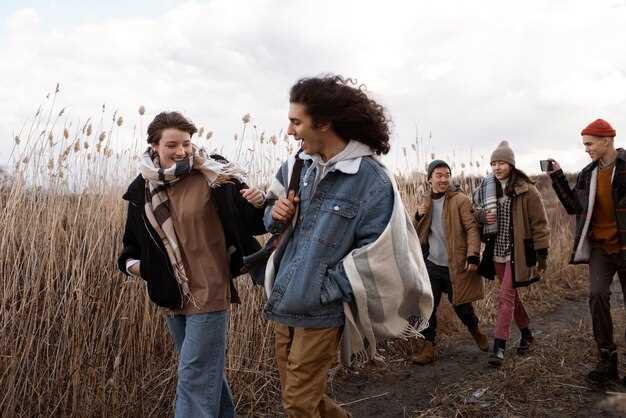Bring a unique twist to your next gathering by incorporating medieval board games that captivate and entertain. Enthralling and rich in history, these games offer more than just amusement–they provide an opportunity to bond over strategic and tactical thinking which was once enjoyed by nobles and commoners alike. Whether you are organizing a historical themed-event or simply adding a bit of historical flair to your game night, these time-honored pastimes will surely impress your guests.
Consider starting with Alquerque, the ancient predecessor to Checkers. Its simple setup only requires a cross-lined board and some stones, making it both accessible and richly rewarding. For those intrigued by Viking culture, Tafl games offer thrilling asymmetrical gameplay that pits a lone king and his guards against a swarm of attackers. Mastering the king’s escape or orchestrating his capture provides endless tactical depth for players of all skill levels.
Don’t overlook the social allure of Kubb, known as “Viking Chess.” Played outdoors, it combines the skill of tossing game pieces with strategic team play, offering a physically engaging experience that’s perfect for larger groups. The aim is to knock over your opponent’s blocks before taking down the imposing king in the center, blending accuracy with collaborative strategy. Choose Kubb to draw everyone into friendly rivalry and communal laughter.
If your guests prefer more enigmatic challenges, introduce them to Rithmomachy, a mathematical contest that once entertained scholars and philosophers. Focusing on number positioning and tactical movements, this substantial game rewards logical reasoning and forward planning. Though its rules may seem complex, the intellectual satisfaction it grants is unparalleled, ensuring an enlightening experience for the analytically inclined.
Understanding the Appeal of Medieval Board Games

A delightful aspect of medieval board games lies in their simplicity paired with strategic depth. Games like Chess and Tafl offer rules that are easy to grasp but demand strategic foresight, keeping players mentally engaged. The tactile experience of tangible pieces enhances the enjoyment, creating a tactile connection that digital games often lack. Moreover, these games foster interpersonal interaction, promoting a social atmosphere that can make any event memorable.
Another compelling feature is the historical context they provide. Playing Nine Men’s Morris or Fox and Geese transports participants into a different era, offering a window into medieval life and thought. This connection to history adds educational value and enriches cultural appreciation, perfect for events aiming to combine fun with learning.
For event planners, these games present an opportunity to incorporate themes or lessons pertinent to the medieval period. They cater to all ages, offering various levels of complexity that accommodate mixed groups. This versatility makes them an excellent choice for themed events, workshops, or educational programs, ensuring an engaging experience for everyone involved.
In short, medieval board games captivate through their blend of strategy, social interaction, and historical charm, making them exceptional choices for enriching any gathering.
Historical Context: How Board Games Reflected Medieval Society
Look at how the strategic depth of Chess reflected the hierarchical structures of medieval society. The game mirrors the feudal order, with the king as the pivotal piece, implying his ultimate authority, while the roles of knights, bishops, and rooks illustrate the various facets of societal roles and military strategies.
Exploring the game of Nine Men’s Morris unveils a different aspect of medieval life. Often played by farmers, it represents agricultural planning and resource management. The board’s layout could be seen as symbolizing the grid fields, and the goal of forming rows akin to planning successful crop sequences.
Another game, Fox and Geese, encapsulates the dichotomy between the ruling and the subordinate classes. The fox, symbolic of the cunning ruling minority, and the geese, representing the larger peasant class, portray the balance of power and social dynamics, where the fox had to outwit the geese despite being outnumbered.
These games weren’t merely pastimes but educational tools that taught the social norms and strategies relevant to the period. By engaging with these board games, modern players can gain insight into medieval societal structures, understanding how hierarchy, agriculture, and power dynamics were perceived during the era.
The Role of Strategy and Skill in Popular Games
Try diving into Tafl, a strategic board game that challenges players to use both offensive and defensive tactics. Each player commands a set of pieces with specific objectives: one aims to safeguard their “king” piece, while the other attempts to capture it. Success in Tafl relies on strategic planning, quick thinking, and predicting your opponent’s moves. Practice by playing different sides and exploring various opening strategies to become adept at this game.
Next, explore the game of Nine Men’s Morris, where skillful placement and movement of tokens are paramount. As you play, focus on creating ‘mills,’ or three-in-a-row arrangements, and dynamically adapt your approach to block your opponent while setting up future mills. Experience different board patterns to enhance your anticipation and reaction skills.
For those interested in a battle of wits, Chess offers a profound test of foresight and strategy. With myriad possible moves and outcomes based on each decision, practice calculating variations and setting up traps to tip the balance in your favor. Leverage chess puzzles and practice games to refine your tactical nous and grow your familiarity with common strategies such as the Sicilian Defense or the Queen’s Gambit.
Hnefatafl introduces asymmetric strategy, requiring players to adjust their tactics based on whether they control the besieged or the attackers. Embrace the different roles and discover how a well-timed piece distribution can craft a path to victory. Encourage experimenting with varied tactical approaches and defensive formations to counter the adversary’s game plan.
Engaging with these medieval games hones your strategic thinking and problem-solving skills, providing challenges that are as relevant now as they were centuries ago. Test yourself against friends, explore new strategies, and enjoy the unfolding competition that these enduring games offer.
Materials and Craftsmanship: Creating Authentic Medieval Game Sets
Select woods like oak or walnut for the boards. These dense hardwoods offer durability and an authentic medieval appearance. Use hand-carving techniques to replicate intricate designs found in historical game sets. Employ natural dyes and stains to achieve the rich colors typical of the period. Prioritize traditional construction methods; wooden pegs and joints ensure both authenticity and longevity without modern adhesives.
Choose genuine materials for game pieces. Stone, bone, and clay were commonly used and can be sourced for creating gaming pieces reminiscent of medieval times. Bone dice or stone counters not only enhance the historic feel but also add a tactile connection to the era. Consider working with local artisans experienced in medieval reproductions to ensure each piece maintains authenticity.
Pay attention to packaging and storage, replicating period-appropriate solutions. Leather pouches or wooden boxes lined with felt or wool echo the protective and aesthetic standards of the time. Incorporate period-accurate symbols or embellishments into the design for added historical depth.
Ensure all elements of the game set reflect a consistent medieval style. These details allow players to truly step back in time and engage fully with the gaming experience. Handcrafted, carefully chosen materials and methods embody the spirit of medieval craftsmanship, making your game set both a work of art and a playable recreation of history.
Social Dynamics: How Board Games Facilitated Interaction
Host a medieval-themed game night to experience authentic interactions among participants. Choose games like Nine Men’s Morris or Hnefatafl, known for strategic depth and conversation starters.
- Selecting Traditional Games: Pick games that require teamwork or strategic thinking to encourage discussion and collaborate on strategies.
- Setting Up the Atmosphere: Create a historical ambiance with medieval decorations, ambient medieval music, and traditional snacks to transport players back in time.
- Encouraging Dialogue: Many medieval games have a social component, making them perfect for inspiring conversation and strengthening bonds. Encourage players to share thoughts on strategies or reflect on their moves.
- Cultivating Friendly Competition: Introduce simple prizes for winners to create a lighthearted competitive atmosphere that drives engagement and interaction.
- Learning and Sharing Skills: Medieval board games often involve skills that modern players may find unfamiliar. Use this as an opportunity for participants to learn from each other, sparking educational discussions.
- Role of Game Masters: Assign a game master to guide players through complex rules, ensuring smooth gameplay and facilitating smoother interactions among participants.
These steps highlight how medieval games serve as interactive tools that enrich social dynamics, fostering meaningful connections between participants.
Choosing the Right Game for Your Event’s Atmosphere
Pick Hnefatafl if you aim to spark strategic battles and intrigue among competitive guests. Known as the Viking game, it creates excitement with its asymmetric gameplay where one player defends a king while the other strategizes an attack. For a more relaxed and social setting, opt for Nine Men’s Morris. Its simple rules and engaging play make it ideal for encouraging conversation while challenging players to outsmart each other.
If your event calls for a touch of chance mixed with skill, consider introducing a game of Knucklebones. This classic dice game keeps the atmosphere light and lively, encouraging interaction with its fast-paced turns. For those seeking intellectual stimulation, Chess or its historical variant, Shatranj, adds a timeless elegance and depth to your gathering, ideal for a thoughtful and refined ambiance.
Want to foster collaboration? Alquerques, a predecessor of modern checkers, encourages careful teamwork and strategizing, making it perfect for guests who enjoy partnering up. When you want to immerse attendees in a historical experience, Tarot card games not only provide engaging entertainment but also serve as intriguing conversation starters about medieval mysticism and symbolism.
By matching the game to your event’s desired mood, you ensure guests are both entertained and engaged, creating an unforgettable experience that resonates long after the event concludes.
Medieval Gambling: Interactive and Competitive Entertainment

Invite your guests to experience the thrill of Medieval gambling games like Hazard or Teetotum for an engaging event. Encourage participants to engage in Hazard, a dice game popular in medieval times, where players predict the outcome of rolling two dice. It’s simple yet exciting, involving both luck and skill. Set up a table with dice and some medieval-themed tokens to bet with, creating an authentic atmosphere.
For a more visually dynamic option, consider Teetotum. This four-sided spinning top game offers another exciting gambling option. Number each side of the top and determine different outcomes or prizes according to the landing side. This game supports multiple players and can be adapted to fit any group size.
Stimulate strategic thinking and foster competitive spirit by arranging a Medieval card game like Noddy or Rounce. These games require a standard 52-card deck, essentially combining simple rules with strategic depth, much like modern-day poker. Explain rules beforehand and let the friendly competition unfold.
Set the scene with medieval-inspired decorations–wooden tables, dim lighting, and period music–to transport your guests back in time. For rewards, consider small themed prizes to encourage participation and enhance the overall experience.
Popular Medieval Gambling Games and Their Modern Equivalents
Consider trying “Hazard,” a thrilling medieval dice game that has its modern counterpart in “Craps.” In Hazard, players wager on the outcome of two dice. While the rules can seem complex, they provide an exhilarating experience that gamblers cherish today in Craps, now a staple in casinos with its high stakes and rapid action.
- The Game of Hazard: Known for its intricate rules, players called their main number, or “main,” between five and nine before trying to throw the “chance,” a number decided by subsequent rolls. The unpredictable nature and potential for strategic wagers make it similar to modern Craps.
- Modern Craps: This contemporary version has adopted the fast-paced betting rounds associated with Hazard while simplifying its rules for wider accessibility. Players bet on the outcome of the dice roll with a variety of different options, maintaining the core excitement of the original game.
Another captivating game, “Nine Men’s Morris,” involves strategic placement and movement of pieces, similar to “Tic-Tac-Toe.” Nine Men’s Morris requires players to align three of their nine pieces in a row, providing a strategic layer that keeps players engaged even today.
- Nine Men’s Morris: Each player has nine pieces and aims to form mills (three pieces in a row) to remove opponents’ pieces. It’s a highly strategic game requiring foresight and planning.
- Modern Tic-Tac-Toe: While simpler, Tic-Tac-Toe captures the essence of lining up pieces and using strategy, making it a quick and accessible variant for all ages.
Experience “Knucklebones,” an ancient game forebear to “Jacks,” offering dexterity and, at times, wagering elements. Players tossed small bones, much like modern jacks, challenging one another’s skill and speed. Both games can be played for money or fun.
- Knucklebones: Played with the astragali, or knucklebones, players toss and catch them in various challenging patterns. This ancient pastime was often used for small stakes betting.
- Modern Jacks: This game requires quick hands and coordination, with players bouncing a ball and scooping up the jacks, echoing the challenge of its predecessor.
Incorporating these medieval games at your next event not only offers historical insights but also brings engaging and competitive elements that have stood the test of time. Whether you’re casting dice or aligning pieces, these games guarantee memorable experiences and a dash of medieval excitement.
Regulation and Morality: The Church’s Influence on Gambling
Avoid gambling during your medieval event by considering how the Church historically regulated such practices. During the Middle Ages, the Church played a crucial role in shaping opinions on gambling, emphasizing morality and spiritual well-being as guiding principles.
To align with historical practices, incorporate church-led restrictions into your event by setting clear rules around the games played. The Church often categorized games as either games of skill or luck, with games of luck often being subject to stricter limitations due to moral concerns around gambling and its potential to foster vice and sin.
For a historical touch, recreate the atmosphere by encouraging discussion about the morality of gambling and how it was addressed. Experts of the time saw gambling as a distraction from spiritual duties, promoting reflective discussions on the balance between leisure and moral responsibility.
Consider incorporating a medieval-style council that addresses disputes or concerns regarding fairness and morality in game-playing. This council can enhance engagement, providing a venue for participants to voice their concerns, just as they might have done in medieval communities influenced by the Church’s teachings.
Ultimately, by integrating these elements, you pay homage to how medieval society viewed gambling, while offering a nuanced and historically informed structure to the games at your event. This approach creates an educational opportunity that enriches participants’ understanding of how regulation and morality were intertwined in medieval times.
The Economics of Gambling: Wagers and Their Social Impact
Consider organizing a medieval-themed event where participants engage in historical board games that involve gambling. Gambling in the medieval era wasn’t just a pastime; it was deeply woven into the social fabric, influencing economic conditions and individual fortunes. Relying on wagers, these games often mimicked real-world economics, teaching players lessons in risk, reward, and strategy.
To enrich your event, offer a variety of games that exemplify the era’s gambling practice. For instance, the game “Hare and Tortoise,” which incorporates strategic betting, provides a model for examining economic behavior in a risk-laden environment. Encourage players to place mock wagers to simulate the financial stakes involved in medieval gameplay.
The social impact of these wagering games becomes evident when you understand that gambling was a major social equalizer. Nobles and peasants often found themselves at the same gaming table, indirectly promoting social interaction across classes. This dynamic can be recreated by blending participants from different backgrounds at your event, fostering conversation and connection over historical games.
| Game | Type | Social Impact |
|---|---|---|
| Hare and Tortoise | Board | Teaches strategic risk-taking |
| Dice Games | Gambling | Encourages class integration |
| Morris | Strategy | Promotes critical thinking |
When hosting medieval board games, include discussions about the consequences of gambling, focusing on both its positive and negative effects. Recognize the historical lessons on financial management and social interaction, and inspire participants to reflect on how these medieval practices correlate with modern financial behavior. Such engagements can make your event not only entertaining but also educational, providing insights into the timeless nature of games and their societal roles.
Video:

Board Games 101: What are Expansions?
Board Games 101: What are Expansions?
Q&A:

What are some of the most popular medieval board games that can be included in a modern event?
Some of the popular medieval board games that can be included in a modern event are Chess, Nine Men’s Morris, and Alquerque. Chess is well-known globally for its strategic depth and has a rich history rooted in medieval times. Nine Men’s Morris is renowned for its simplicity and tactical gameplay, involving two players trying to form “mills” or rows of three. Alquerque is an ancient game, a precursor to modern checkers, that requires strategic movement and captures.
How is Nine Men’s Morris played, and what makes it interesting for players?
Nine Men’s Morris is a two-player strategy game with simple rules but requiring deep tactics. Players take turns placing their pieces (counters) on a grid with the goal of forming rows of three, known as “mills.” Once a mill is formed, a player removes one of their opponent’s pieces from the board. The game shifts between placing all pieces and moving them to form mills once all are on the board. What makes it interesting is the combination of offensive and defensive strategies players must balance to succeed.
Can you explain the historical significance of Chess in medieval times?
Chess has a significant historical footprint, evolving from earlier games like Chaturanga in India. By the medieval period, it had reached Europe and became a symbol of intelligence and nobility. Chess was associated with strategic thought and military tactics, often reflecting the social hierarchy of the time through its pieces. It became a popular pastime among the aristocracy, and its study was considered a mark of intelligence and education during this era.
Are medieval board games suitable for children and families?
Certain medieval board games are definitely suitable for children and families. Games like Nine Men’s Morris and Alquerque offer straightforward rules, making them easy for younger players to learn while still being fun and challenging for adults. These games can be a great way to introduce family members to historical pastimes while encouraging strategic thinking and cooperation across generations.
How can I incorporate medieval board games into a themed event?
To incorporate medieval board games into a themed event, you can start by setting up dedicated gaming stations with authentic or themed boards. Use decoration to enhance the medieval ambiance, such as draped banners and faux torches. Provide game rules and historical backgrounds to engage players further. You might also introduce a small tournament and offer simple medieval-themed prizes to encourage participation and provide a lively atmosphere.




